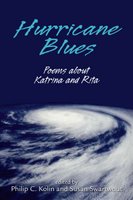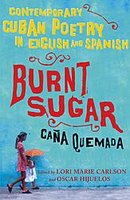 The Children’s Suite
The Children’s SuiteBy Phil Woods
Jazzed Media
Considered the truest heir to Charlie Parker on the alto saxophone, Phil Woods even married Bird’s widow, Chan Parker. However, his latest CD is a definite change of pace for the bop titan that has actually been a longtime coming. Chancing across his children’s A.A. Milne books in 1961, Phil Woods was inspired to write several songs based on his Winnie-the-Pooh stories and verse, but rights difficulties prevented him from recording them for well over forty years. Previously only heard in private performances, Woods’s Milne compositions can now be widely heard on his recent CD, The Children’s Suite.
British actor and Milne family friend Peter Dennis would finally make the project possible, facilitating permissions from the Milne estate and the Disney Company. Sadly, Dennis recently passed away, but his narration can be heard throughout Woods’s Suite. Both a jazz fan and the only actor allowed to interpret Milne’s work on-stage in his one man show Bother!, Dennis clearly had enthusiasm for the project. While many jazz fans will probably find themselves skipping his solo readings like “Sneezles,” younger listeners might well be captivated by them.
Both audiences are likely to be thoroughly charmed by Bob Dorough’s twangy idiosyncratic vocals. Famous for his long stint composing and singing for Schoolhouse Rock, Dorough’s credits also include work with Miles Davis and Allen Ginsberg. He makes a tune like “Pinkle Purr” sound hip and sly rather than cutesy, also contributing a funky electric piano solo. On several tracks he is joined by vocalist Vicki Doney for duets clearly inspired by his Schoolhouse sessions with Blossom Dearie. Doney rises to challenge quite well, bringing a mischievousness to “The Good Little Girl” that Dearie probably would have approved of.
Woods is still a force to reckon with on alto, soloing with power and sensitivity on the ballads “Come Out with Me,” “Solitude,” and “Buttercup Days,” where he shares the spotlight with fellow alto Nelson Hill and baritone Roger Rosenberg. Woods and Hill also spar good-naturedly on the swinging “Us Two.” While the string quartet often gives the session a lush vibe, there is still plenty of swing throughout the Suite, particularly the up-tempo bop number, “The Morning Walk.”
Composer-conductor Woods has assembled a fine ensemble, including his frequent associates, drummer Bill Goodwin and bassist Steve Gilmore, who swing the band nicely. Doney’s husband Eric rounds out the rhythm section on acoustic piano, also providing tastefully supportive accompaniment to Dennis’s dramatic recitations.
Woods’s musical settings of Milne would be a great introduction to jazz for young people that should not drive their parents to distraction when forced to endure incessant listening. Children’s Suite also happens to be a legit jazz session, with plenty of rewarding moments for Phil Woods fans. In addition, it should be noted a portion of the proceeds from Children’s Suite will go to Pocono Area Transitional Housing (PATH), a 501(c)3 non-profit providing shelter to families in need.













